Naruto Shippuden: Ultimate Ninja Storm 2 Review
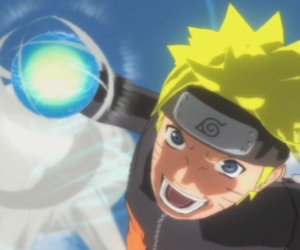 Game: Naruto Shippuden: Ultimate Ninja Storm 2
Game: Naruto Shippuden: Ultimate Ninja Storm 2
Developer: CyberConnect2
Publisher: Namco Bandai
Available on: Xbox 360 and PlayStation 3 (Xbox 360 version reviewed)
If you search for Naruto games on the internet, you are bound to come back with a huge list of results. Due to the popularity of the anime, Naruto has made his way onto just about every console or computing device imaginable. These games vary in style and execution, and have been developed by a selection of diverse development teams. The Ultimate Ninja series is more fight-centric and has always been a Sony stalwart – first on the PS2, now on the PlayStation 3. Ubisoft created their own series of games for the Xbox market, which focused more on adventuring, and the two consoles could boast their own take on the franchise. Naruto Shippuden: Ultimate Ninja Storm 2 breaks that trend and for the first time, it is being released across both platforms. Does it have enough to knock Ubisoft and their effort down a peg or two? Read on for the full review.
STORY: As it is based on written source material, the plot and characters are suitably well-rounded. For anyone who doesn’t know, Naruto Uzamaki is a Ninja in training, living in the Leaf Village. The Manga and Anime of the same name follow his trials and adventures as part of Team 7 with two fellow students – Sasuke Uchiha and Sakura Haruno – led by mentor Kakashi Hatake. The game focuses on the Shippuden era of the storyline, where Naruto has reached adolescence and after some time away training with master Jiraiya, he has returned to his home town.
Now, if you are a fan of the series and you think I skipped a lot of the details here, prepare yourself – this game does NOT flesh out the storyline very well. Although it follows the events of the original story closely, the game does seem to assume prior knowledge. If you haven’t previously read or watched earlier chapters, the game isn’t going to help you catch up.
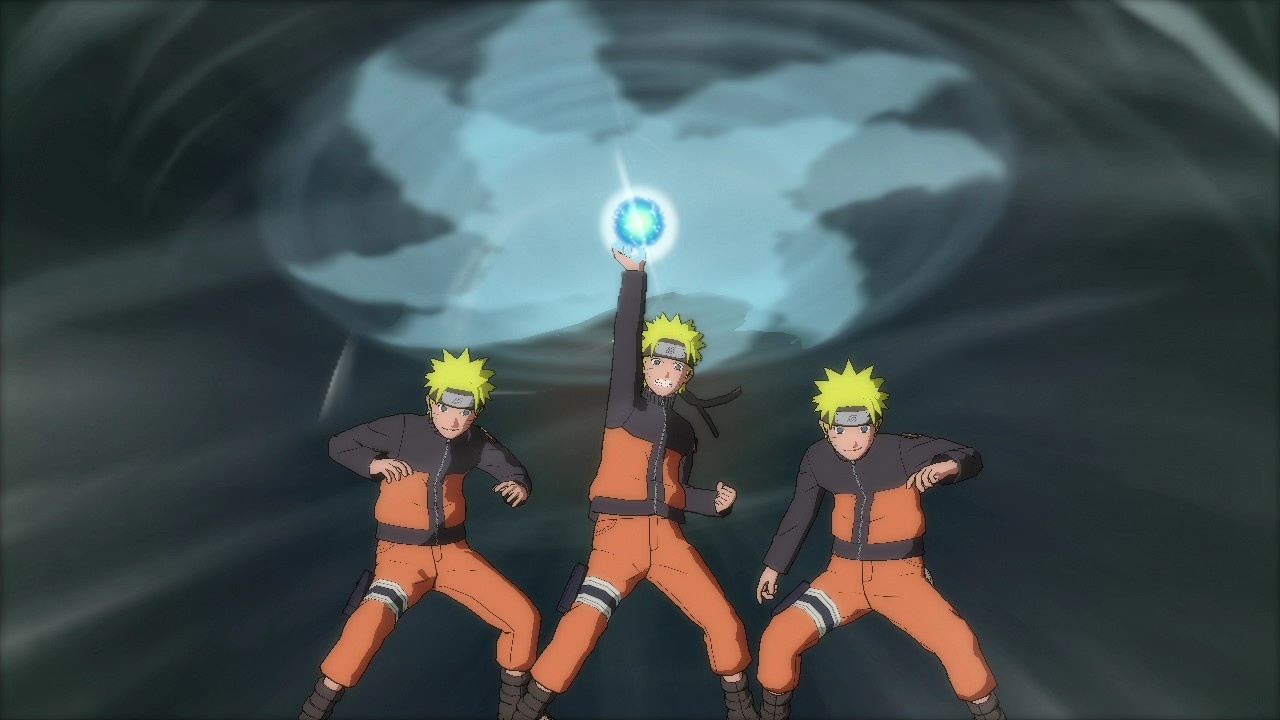
Now that is ok, the game is clearly aimed at fans of the series and those people should be well-aware of what came before. But the problem is that the game continues to run thin on exposition as things move on. Cut-scenes come across as somewhat mystifying – not giving the player a clear idea of what is going on sometimes – quickly jumping from one part of the story to another with little warning. I have read quite a lot of the Manga books and played earlier game iterations, but still felt this title was whizzing through everything much faster than I would have liked. This isn’t a new problem though. Both the past Ubisoft and Ultimate Ninja titles seemed abrupt in their dealing with the story, but I think this latest title takes things further than before. You can unlock flashback sequences by performing especially well during fights, but these consist largely of stills with no soundtrack, taken from the Anime, which don’t really add any depth to proceedings.
GRAPHICS: The character graphics and animation are certainly the real wow-factor in this package. Models for the main characters look like they came straight out of the cartoons. Animations – particularly during fights – are smooth, fast and authentic. When, during some special moves, there might be 40 or so character sprites on-screen at once, the game performs admirably, with no impact on how the game runs. Ultimate special moves, when pulled off, are a spectacular sight to behold. The craziness happening on-screen is an excellent representation of what author Masashi Kishimoto imagined on paper. The colour palette is bright and varied as would be expected from a cartoon adaptation, the action really pops off the screen. However, facial animations were somewhat of a disappointment, with not enough range in expressions in conversations.
Backgrounds are hand-painted still images, which certainly evoke the feel of the Manga books and are very nice to look at, but – as I will go into further in the gameplay section – this does come across as disappointing when previous titles in the series have recreated the game world in full 3D. During fight scenes, the battle arenas are realised in 3D and are very large playing spaces with some destructible scenery. They aren’t overwhelming though, because the fighting is so chaotic, the backgrounds are sensibly toned down a little so as not to take anything away from the action. The use of fixed-aspect environments in exploration mode mean that camera angles aren’t really a problem there and when it comes to fighting, the camera follows you, panning to what seems like the best angle to make your attack from. This always seemed fairly intuitive to me, mainly viewing from behind the controllable character’s shoulder and was never a hindrance to play.
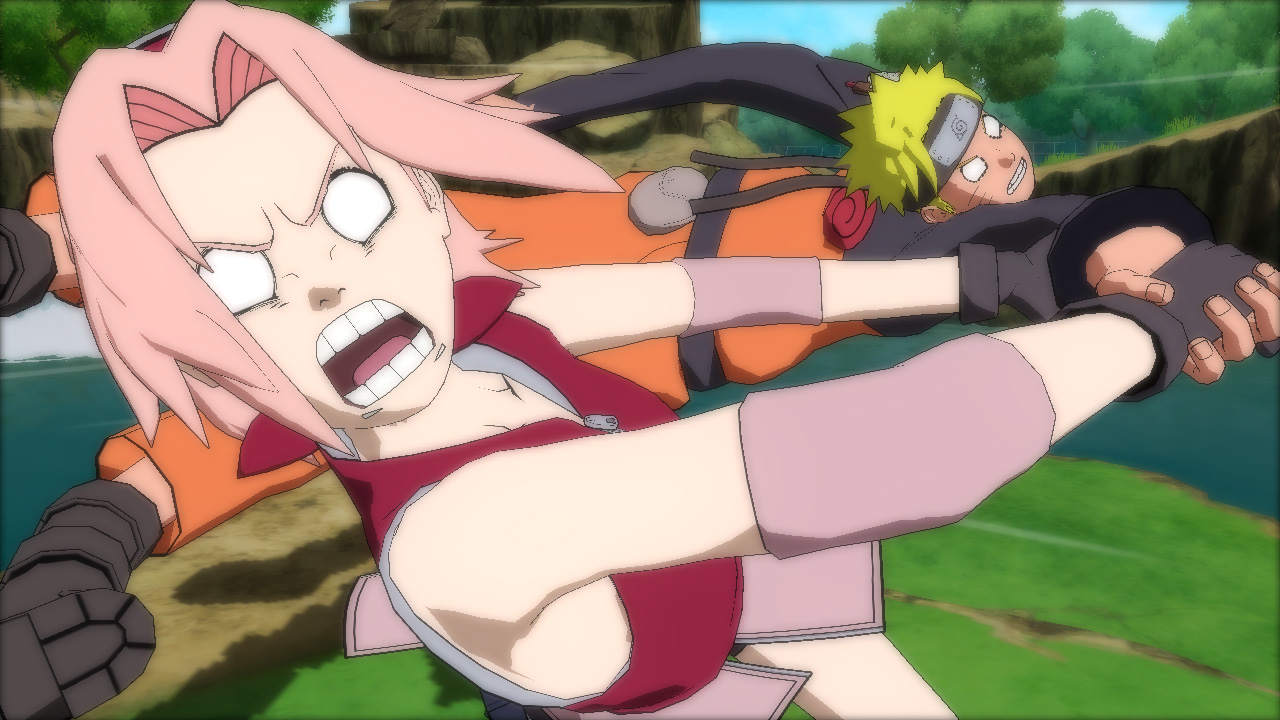
SOUND: In an effort to please as many fans and non-fans as possible, the game includes both the original Japanese and English voiceover tracks. Both are of a very high quality, as they come direct from the TV show casts. Subtitles are then available as well. Both are voiced by the respective casts from the animated series shown in that language. This does lead to a problem with lip-synching however. The game has been made with Japanese as the primary language, so that is in sync. However, change the audio to English-language and no attempt has been made to match the sync to the images. This is understandable as that would be a huge task, but it does detract somewhat when viewing close-up conversations.
The random citizens who populate the game world do not have voices though – they simply get caption boxes on-screen to display their thoughts and opinions. Not strictly a sound issue, but a point related to the Japanese-English translation is that both subtitles and tutorial screens are often mis-translated. I came across several loading screens where there was a word or two out of place, but also some of the main conversations with important characters contain glaring errors which should have been rectified before release.
Music and sound effects are both very good, as they are, once again, taken largely from what is used in the animated series. This allows for recognisable tunes for those of us who have seen the Anime, but also ensures that the music is of a good standard and suitable for the game. The sound effects add an extra wallop to the fighting – really helping to amp up the excitement of the combat and help you experience each special move to its fullest.
GAMEPLAY: The big setback here is the fact that whilst the previous game in the series on PlayStation 3 featured fully 3D environments and a free-roam village to explore, this instalment takes a rather large step backwards with the aforementioned static backgrounds in story mode. This gives the game the feel of an old-school RPG, where characters and shops which can be interacted with have icons over their heads, and the townspeople are almost as motionless as the backdrops. This certainly made me feel like the game lacked depth and it felt lazy. Why, when the previous title included the full village – as have the two Ubisoft Naruto games – would it not be included this time?!
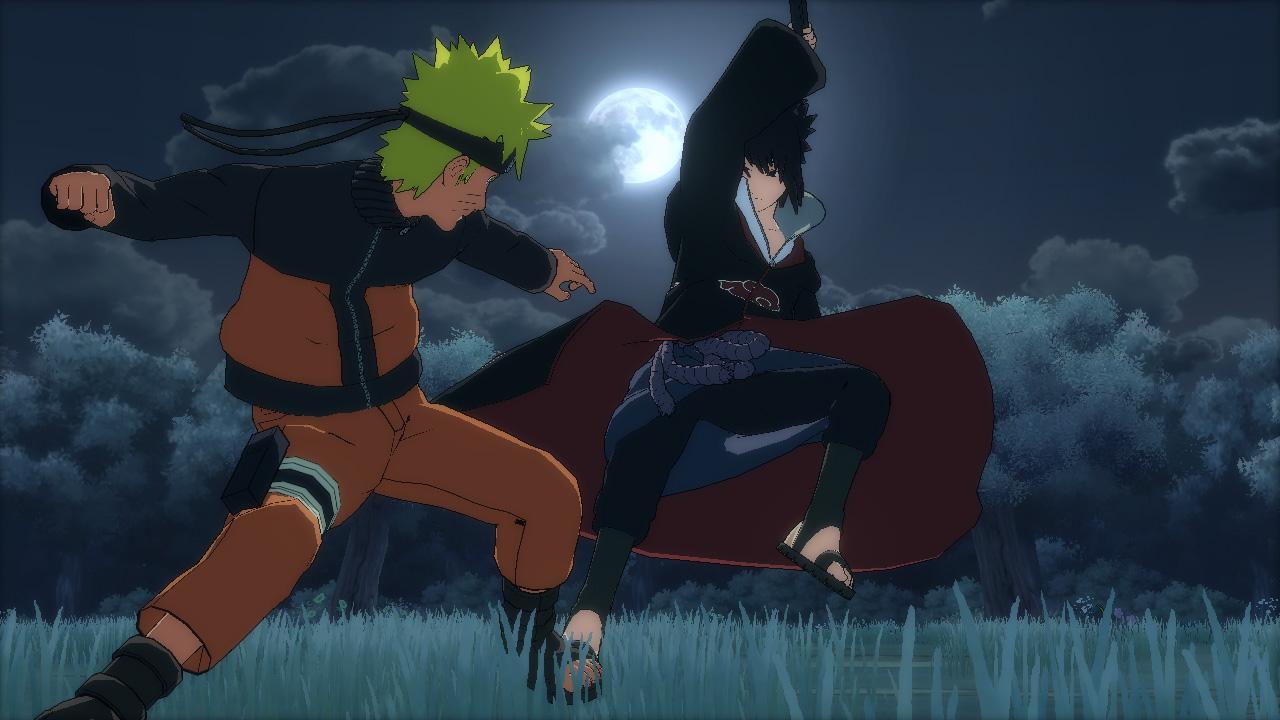
The story mode consists of missions which almost always result in a fight and side-quests. The missions push the story forward and are generally quite tightly scripted, with quick-time events interspersed between fights and cut-scenes. The side-quests however are very weak. Almost all of them have nothing to do with the source material and concern random villagers who have no importance whatsoever. Back-tracking becomes a huge frustration during both side-missions and during your travels between missions. The inclusion of a map system whereby you could warp to different areas would have been a godsend, rather than the inevitable treks which come after you are handed your latest assignment. The lack of a dash button also makes this all the more painful – especially after going back to play previous Ubisoft Naruto titles, where your dash skill makes movement between locations faster and much more enjoyable. It also reflects the boundless energy Naruto is meant to possess in a much better way than CyberConnect2 have managed here.
The fight system is really a love it or hate it situation. There is only one primary attack button and it will execute almost all of your in-game attacks, aside from projectiles and throws. What move you perform depends on the amount of Chakra (their brand of ninja power) you have built up and the number of times you have pressed the button. You can pull off blocks and dodge moves also, but the system is fairly basic to get to grips with. This is either a very strong point or a weak point, depending how you look at it. For fighting game purists, it will be a huge turn-off. It actively encourages button mashing and beginners luck. Conversely, this is perfect for someone who doesn’t play fighting games very often, but loves the world of Naruto. This system enables someone who can’t remember complicated button combos to pull off super special moves like they would read in the Manga. This is in stark contrast to the fighting system in the Ubisoft series of games, which has training modes dedicated to learning each button combination needed and complicated hand gestures that need to be pulled off using the twin analog sticks in order to perform finishing moves.
The system on display here is great at recreating the havoc and comic action portrayed in the series. Battles are fast and intense – you wouldn’t have time to pull off a complicated combination as the game would have passed you by. Ultra-damaging manoeuvres will be flying in from left, right and centre, Sometimes you will even lose track of who on earth is actually taking damage from a certain attack. The system lacks finesse and precision, but it makes up for it in fun. The game also allows for battles where you can jump in and watch the madness ensue. Let’s face it, isn’t that what we expect from any self-respecting Japanese cartoon?
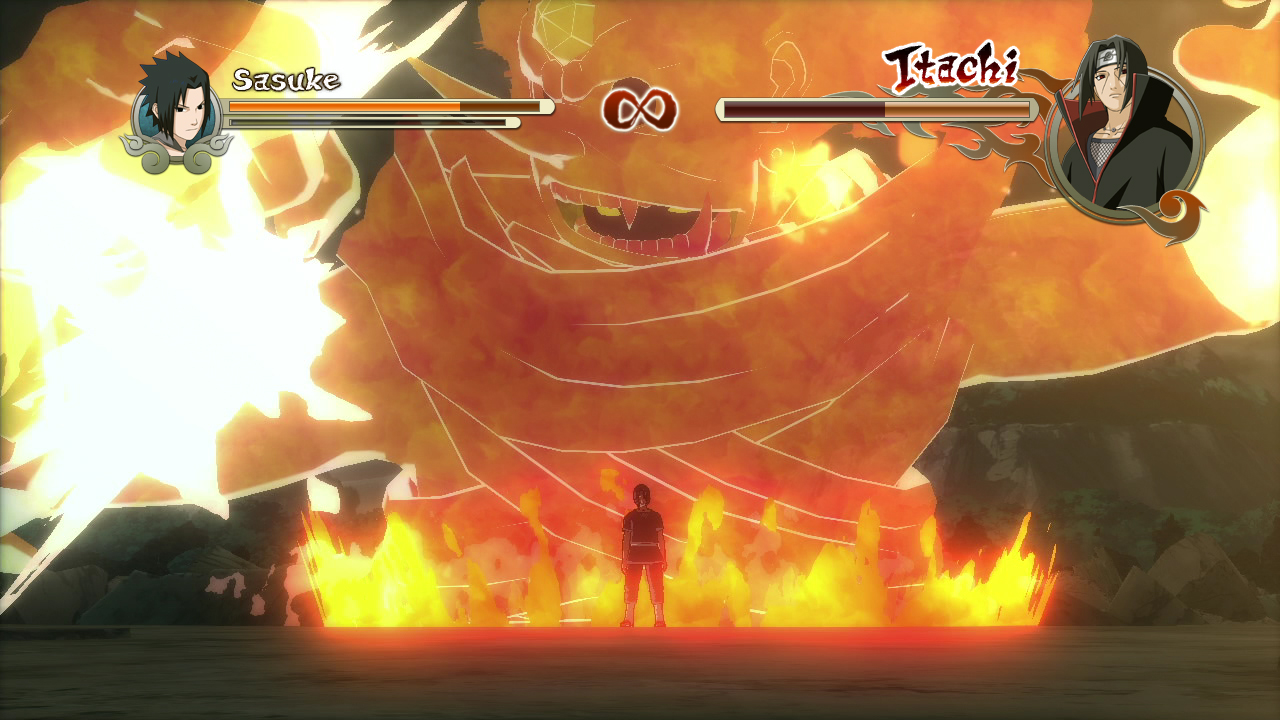
MULTIPLAYER: For the first time in the Ultimate Ninja series, online multiplayer modes and leaderboards have been introduced. These are fairly straightforward, including both one-on-one battles and team-based play. Games are fast and smooth, with no discernible loss of speed from the single-player experience. There aren’t many variables or different modes on display here and options such as customisable fighting cards – which display to your opponent – add little depth to this section, so it is quite unlikely you will be coming back to online play over and over. The addition of tournaments or an in-depth ranking system, would have added to the longevity. Local multiplayer is also supported for two players and the fights do still perform tremendously well in this mode. Having two playable characters on-screen doesn’t alter the super-smooth animations and is still great to watch. As a casual fighting title, where you can drop in and out and play a couple of fights, local multiplayer seems like the perfect platform.
LONGEVITY: As I have mentioned above, there isn’t much to keep you going back to online play, but the single-player story is quite substantial. If you factor in side-quests and collectable items, the game can clock in with somewhere between 15-20 hours of play. Move it up to the hardest difficulty and you are looking at longer still. Due to the lack of any real free roam mode in the game, once you reach the end of the story there isn’t really much left to do. You will probably unlock the full cast of characters in one playthrough, leaving you little reason to go back. There are achievements for going back to battles you previously fought and attaining the highest rank possible, but depending on the difficulty you originally chose to play at, a lot of these will have already been attained too.
VERDICT: With so many Naruto games on the market, you would imagine that a definitive one would have been made by now, but the real choice in which title you go for seems to come down to your individual preference. The Ubisoft titles offer vast canvasses to explore and towns that really feel like bustling, living places. Adventuring and sub-quests are plentiful, whereas the fight system is complex with many different combos and button presses to memorise in order to pull off the best moves. The Ultimate Ninja Storm series is heading in a more linear direction. It contains less deviation from the path of the story with unrelated tasks and more emphasis on preparing for battle. The fighting style is more instantly accessible and can be enjoyed by players of all skills without the need to be an expert at beat-em-ups. Although Ultimate Ninja Storm places such an emphasis on fighting, anyone can play it.
Coupled with the fact that Ultimate Ninja Storm 2 assumes that the player knows the world of Naruto pretty well already, this shows clearly that CyberConnect2 are making a game for fans of the source material, but not necessarily one for fighting game fans. To fully enjoy this game you should already have a sound knowledge of the world of Naruto, but you don’t have to be that great at playing videogames to get impressive results from the fighting system. The game throws aside your expectations and doesn’t care – it is what it is. It is an acquired taste then, but one that can certainly be rewarding, for the right person.





